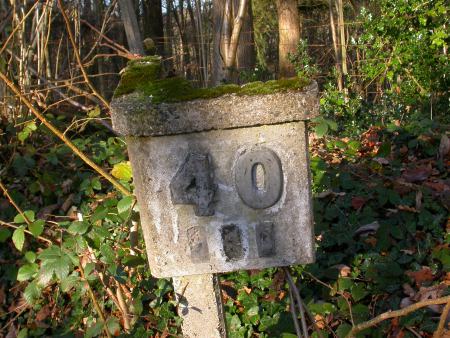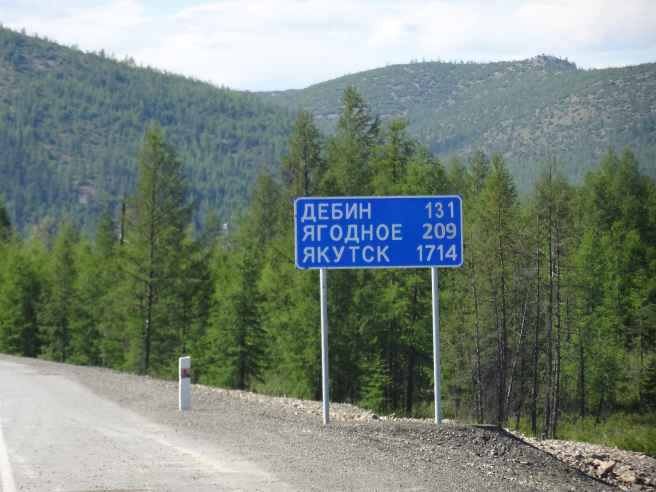Forest Row lies on what used to be the Three Bridges to Tunbridge Wells railway line, the local route of which is now known as the Forest Way and forms part of the Sustrans route 21. As such it is a useful option when you’re in need of a quick stomp, not least when you need to walk the earth of TQ43 to gradually mop up missing species in the local patch.
Infamously, Richard Beeching, lived at Brockhurst, an arts and crafts house just south of East Grinstead, only a short distance from the railway line which was one of the casualties of his line closures in the 1960s. Forest Row station itself closed on 2 January 1967, though we are left with a lovely corridor of biodiversity as the route of the railway passes from the village through to Hartfield and beyond.

The Forest Way
The target area for the main recording activity was TQ43T which barely had any records at all, but it was still not too hard to find species new for the intervening tetrads. In TQ43M Barbula convoluta was an addition, even before I’d crossed the parish boundary and left Forest Row. After that, on the Hartfield side Didymodon nicholsonii and Orthotrichum diaphanum were growing on the gravelly tarmac of the Forest Way, and even fruiting Hypnum cupressiforme was previously unrecorded, along with Platyhypnidium riparioides and Amblystegium serpens by a drainage ditch.
There are a few vestiges of the old railway present too, and one of the signposts harboured a good clutch of mosses, including Didymodon rigidulus with its blunt leaf tips and gemmae.

A nice little habitat
Turning off the Forest Way I wanted to head a bit further north and east, and crossing the Medway over the wooden bridge at Lower Parrock added Bryum argenteum and (rather more pleasingly) Syntrichia latifolia.

Syntrichia latifolia
My route then took me over a corner of TQ43N where a gravelly track was home to fruiting Bryum dichotomum and some Didymodon fallax. The footpath veered left and went straight through an arable field, rather clayey and slippery, but covered in Tortula truncata and Bryum klinggraeffii. This was especially good since the tetrad boundary with TQ43T went right through the middle of the field, so it was possible to collect them in both areas, and enjoy finding the 50 μm red-brown tubers of the Bryum in two squares.

Tuber of Bryum klinggraeffii
Finally in the target tetrad and most of the lanes were rather dull and not overly rich in bryophytes. Nevertheless, while identifying Bryum argenteum and Pseudocrossidium hornschuchianum in a gravelly farm gateway I wondered where all the white dust was coming from that was blowing over me. Looking up there was no obvious source, and then I realised it was snowing! It didn’t come to much, but for about an hour light swirling flurries of more white powder danced over the lanes and the fields.

Snowy white flecks
In the end, my low expectations of the southern fringe of the tetrad were realised and the total species count only crawled up to 34, with the Bryum klinggraeffii the only thing to write home about. But now I could motor back along the old railway line, somehow or other clocking up 4.5 mph while imagining the route when it was still open for steam. After all, this bit of the line features near the end of the film Farmer Moving South (1952), in which an entire Yorkshire farm is moved by train to Hartfield. I wonder what the local bryoflora along the line was like then.
Advertisements Share this:




